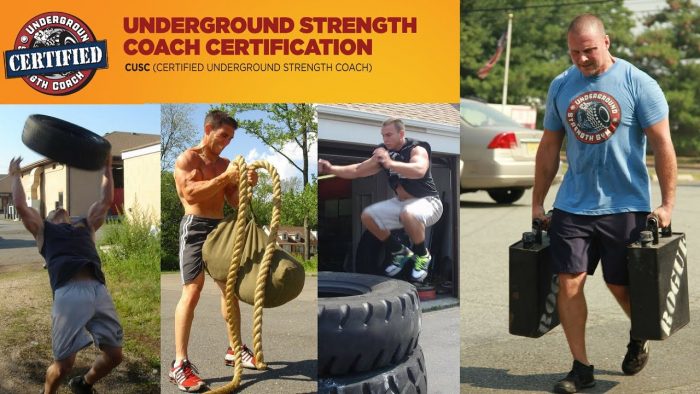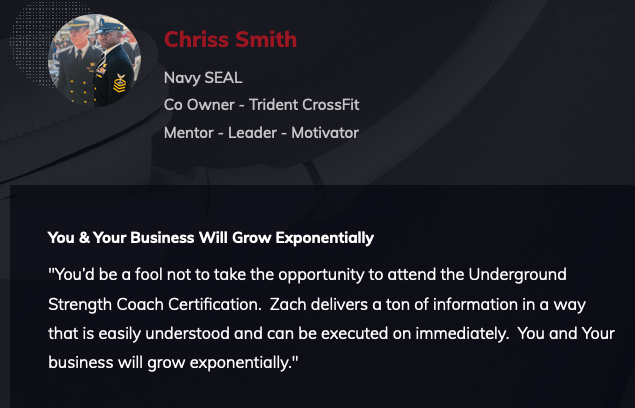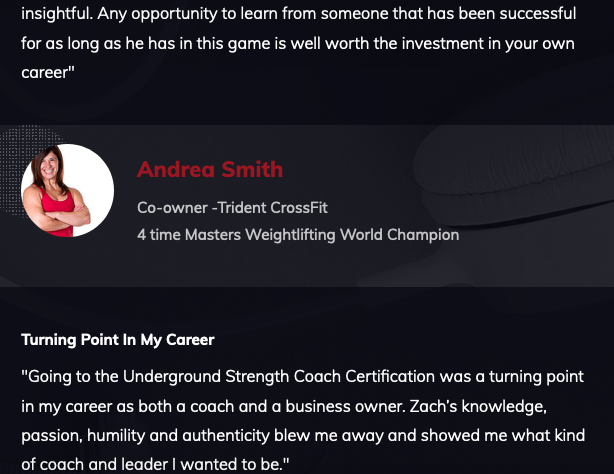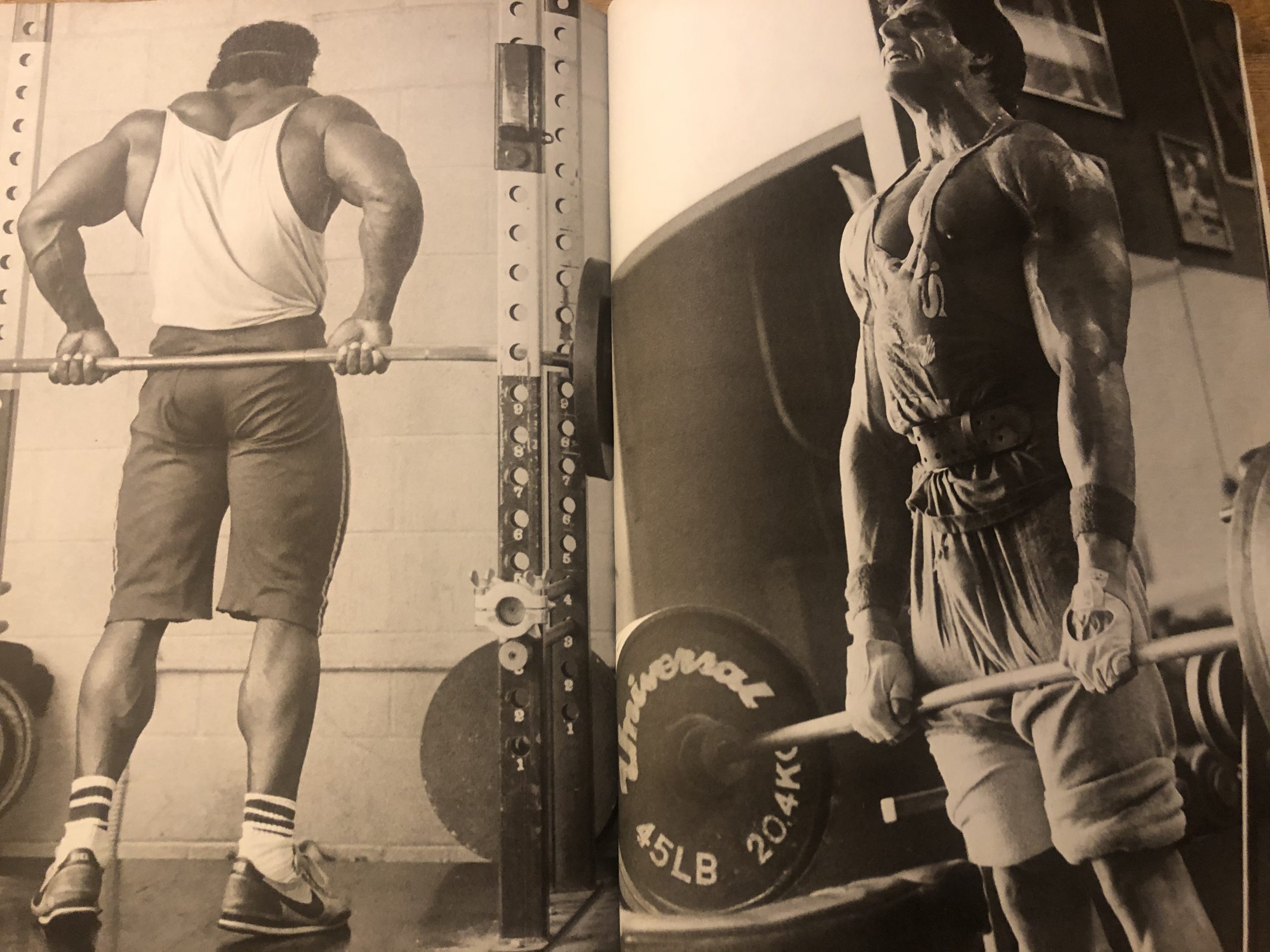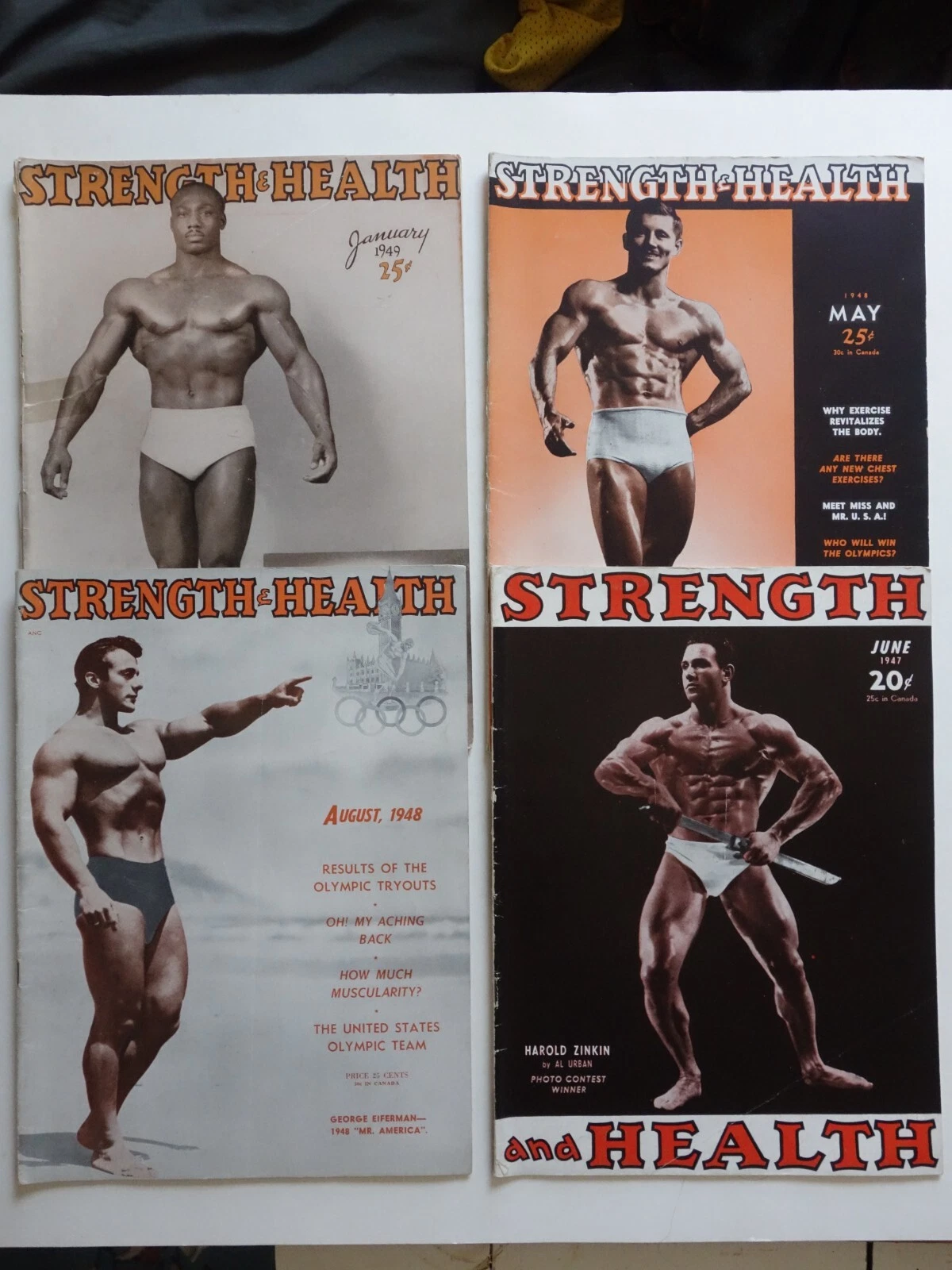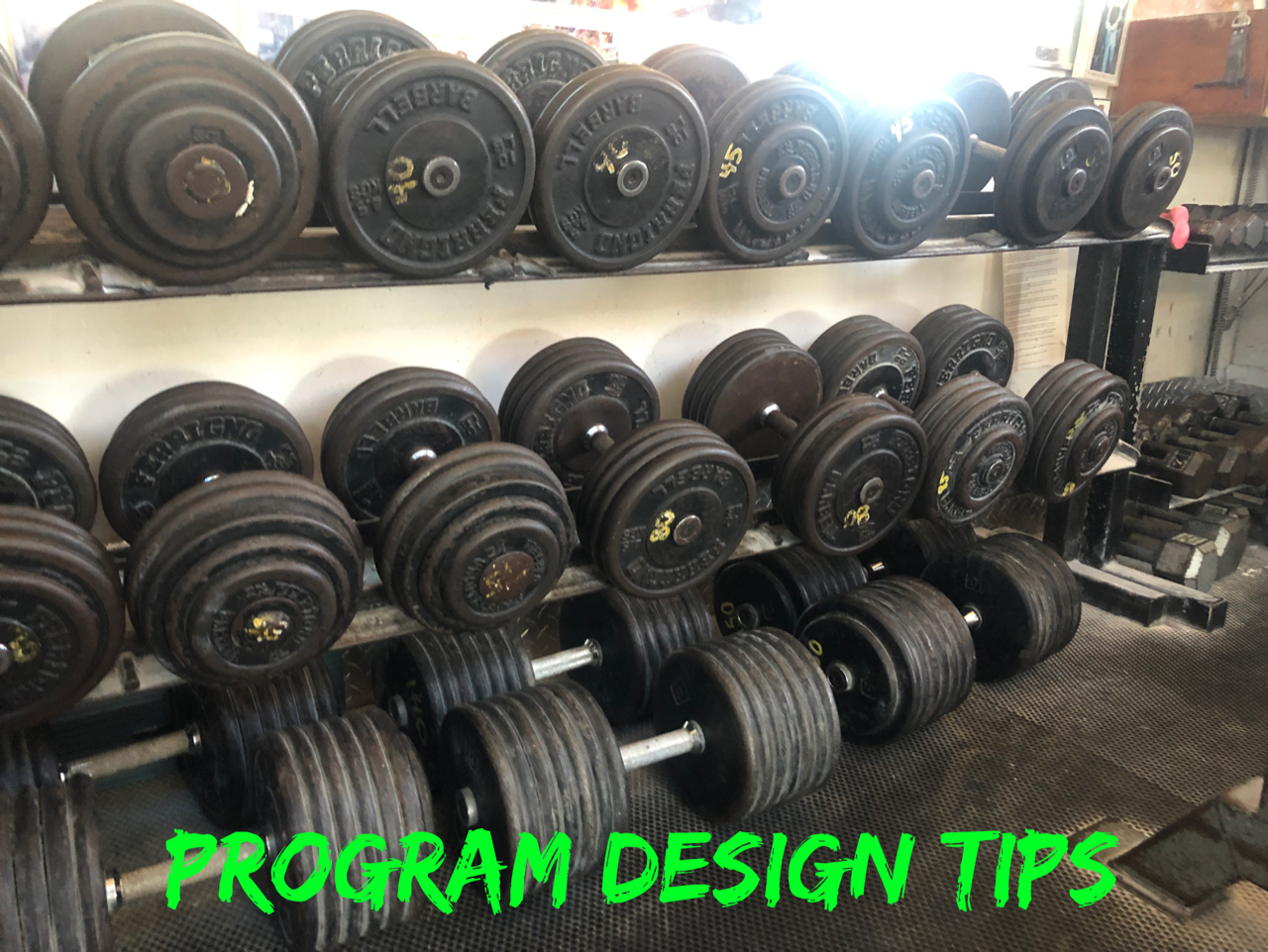
There are MANY program design methods and variations that fall under each category of specific styles of program design and program organization.
For example, we have the conjugate method, which is essentially an endless array of variations and options. We have progressive overload, aka linear periodization which many people talk down upon yet I have found this to work GREAT with athletes and even for myself.
You can use linear progression with conjugate exercise selection.
In the videos below, you'll see Matt Wenning and I discussing program design.
You'll also see some video clips of a collegiate sprinter who runs the 400& 800 mtr.
More Topics covered below:
- Discussion on attacking weak points for athletes for both off season and in season.
- Using the conjugate method with athletes; the how & the why.
- Training beginner / inexperienced athletes vs experienced athletes
The above Video clip is part of The Online Underground Strength & Sports Performance Course HERE.
Above is training footage from a leg circuit focused on strength endurance.
Some notes in this video:
- This was the first round. He used 44s on the first set of bulgarian split squats. Second set he used a pair of 62 lb Kettlebells.
- We used this circuit as this sprinter has mentioned his weakness in sprinting races is during the last straight away, so we're working on raising his absolute strength as well as as his strength and power endurance.
- The sled push at the end is heavy BUT we're focused on MAX effort here while under fatigue (similar toa race) and we are training the body AND the mind so the sprinter is psychologically not scared or in shock of sprinting hard while under fatigue.
The above video is from a day fully focused on speed & dynamic effort training.
We do various jumps and sprints on this day, along with calisthenics for upper body done in speed / plyo type fashion. The key on these speed days is to know how and when to stop the athlete from performing work work where the speed is no longer evident.
In essence, you are done before you're done.
For the athletes who train with us less frequently, I will include sprints into the training where the warm up segues into the speed / sprint work.
Simply having athletes race against one another from various positions gets them running hard. Here are a few samples of sprint training:
The variations are endless.
The key is, doing what is best at that time for the athletes.
What is best for the athletes is ever changing!
Live The Code 365,
Z

